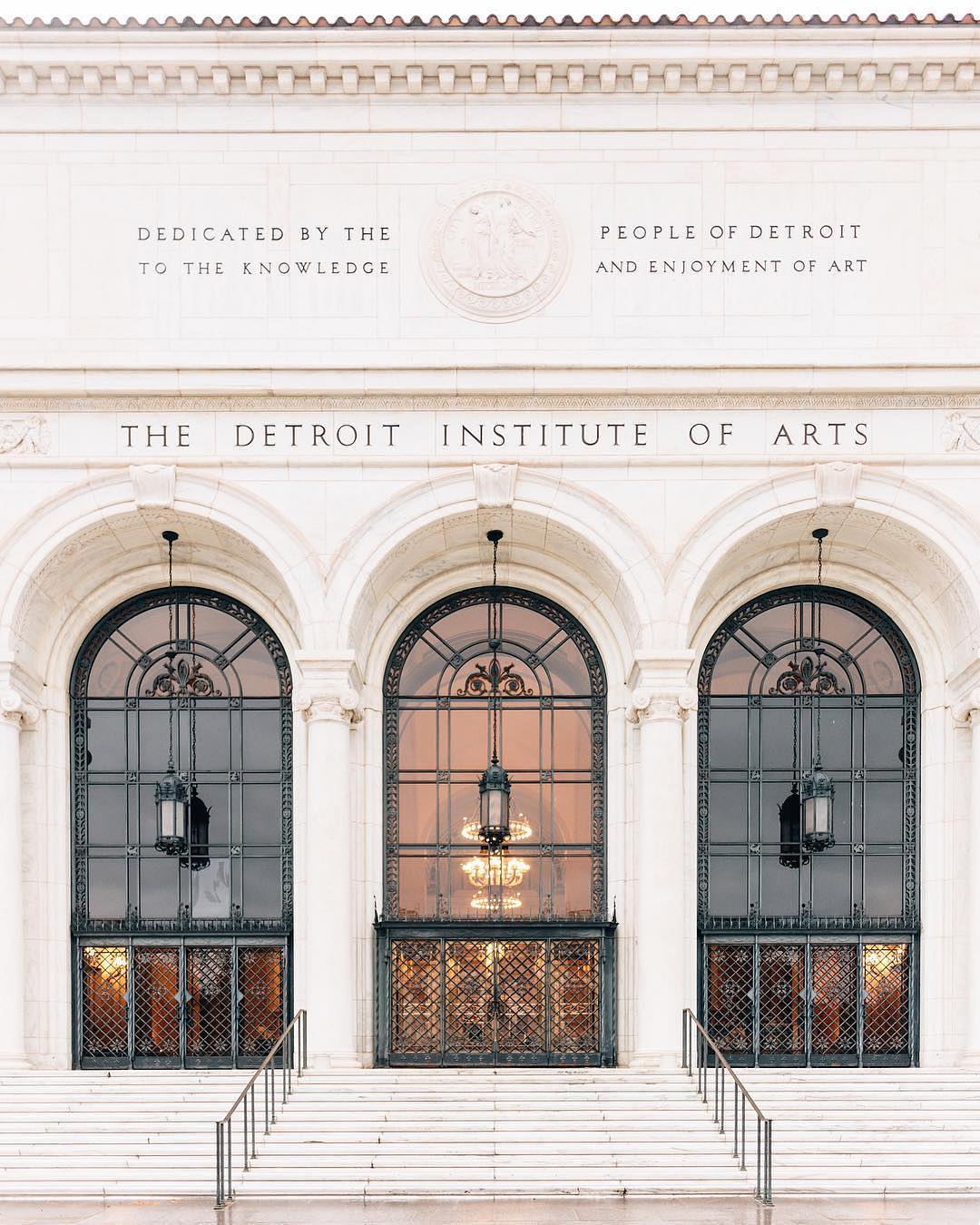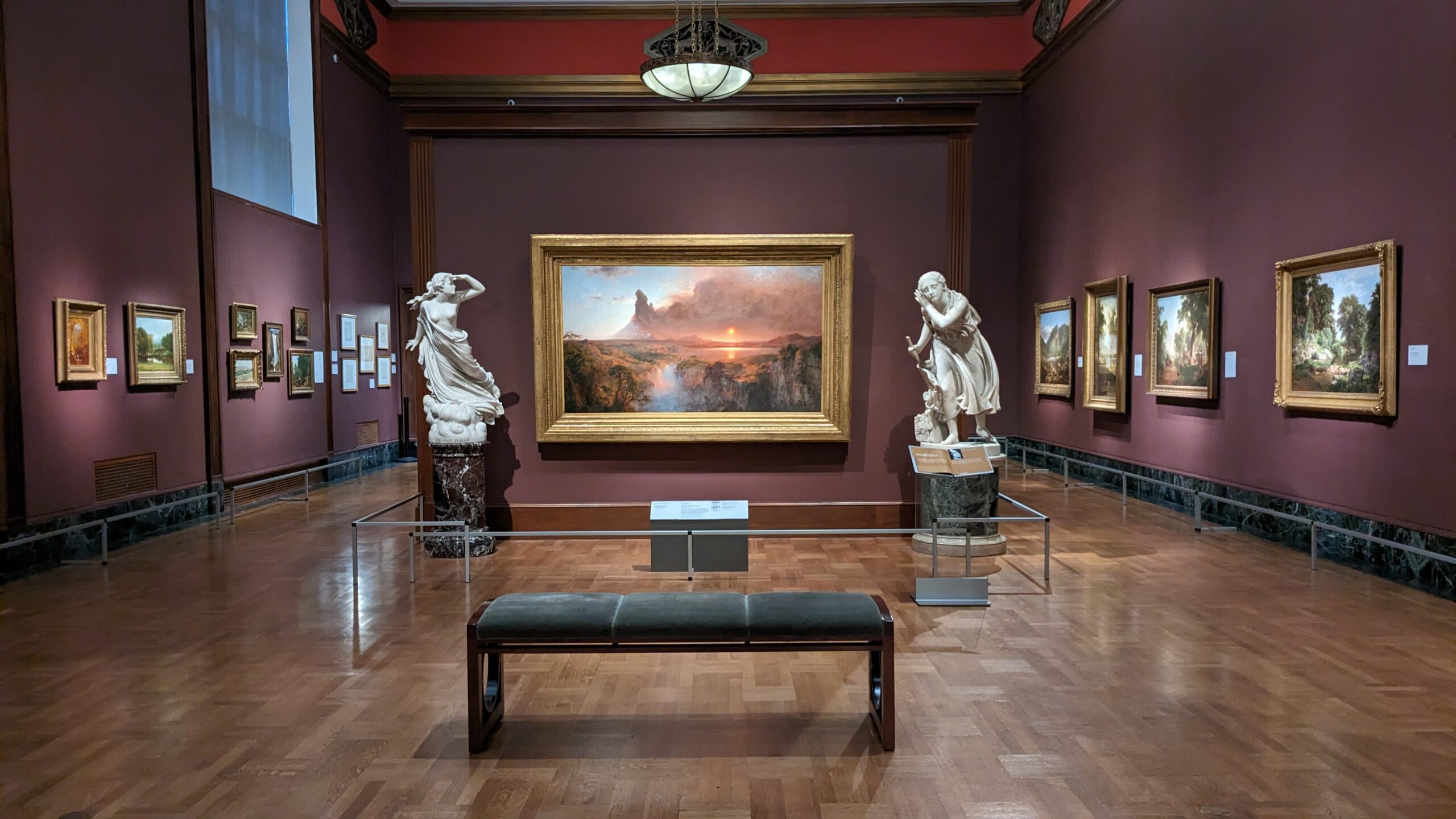Funen, Denmark
Egeskov Castle
This floating castle appears to be from an enchanted fable, but in actuality it is Europe's best preserved Renaissance water castle.

Photo Credit: Erol Ahmed

Photo Credit: Leah Thomas
The Detroit Institute of Arts (DIA) is home to one of the most extensive and significant collections of art in America—and with close to 700,000 annual visitors, it ranks among the most visited museums in the world.
The idea for the museum dates back to an 1881 European trip made by local media mogul James E. Scripps, who recorded the nearly half-year art tour in his journal. Portions of it were published in the Detroit News, and the series inspired William H. Brearley, manager of the newspaper’s advertising, to organize an art exhibit. Shortly after, a campaign was launched to convince influential members of the city to establish a landmark museum. By 1888, the Detroit Museum of Arts was home to more than seventy unique pieces that Scripps had collected while traveling through Europe, and he and Brearley incorporated the establishment.
The era of the automobile brought wealth and population to Detroit—and a museum collection that grew fast enough to require far more space. In 1919, the museum was renamed the Detroit Institute of Arts, “with the museum and its valuable collections actually belonging to the people.” Indeed, the art became Detroit’s property by year’s end, and the new Beaux-Arts institution was completed in 1927, garnering acclaim as an urban “temple of art.”
The DIA’s global collection of 65,000 pieces is also peppered with nods to the city that owns it. One such example is First State Election in Detroit, Michigan, 1837, in which several of the figures appear to be inebriated. The work of a nineteen-year-old former sign painter, the painting is said to faithfully depict a boisterous election in which Democrats defended their governorship against the Whig challenger. Others insist that the painting was Whig propaganda—showing a governor buying votes from a band of drunks while a child, whose very face is “crooked,” panhandles; in the distance, a parade of Democrats ride into Capitol Square, led by a gilded pony.
 42.359451, -83.064583
42.359451, -83.064583
Need an account? Sign up
This site is protected by reCAPTCHA and the Google Privacy Policy and Terms of Service apply.